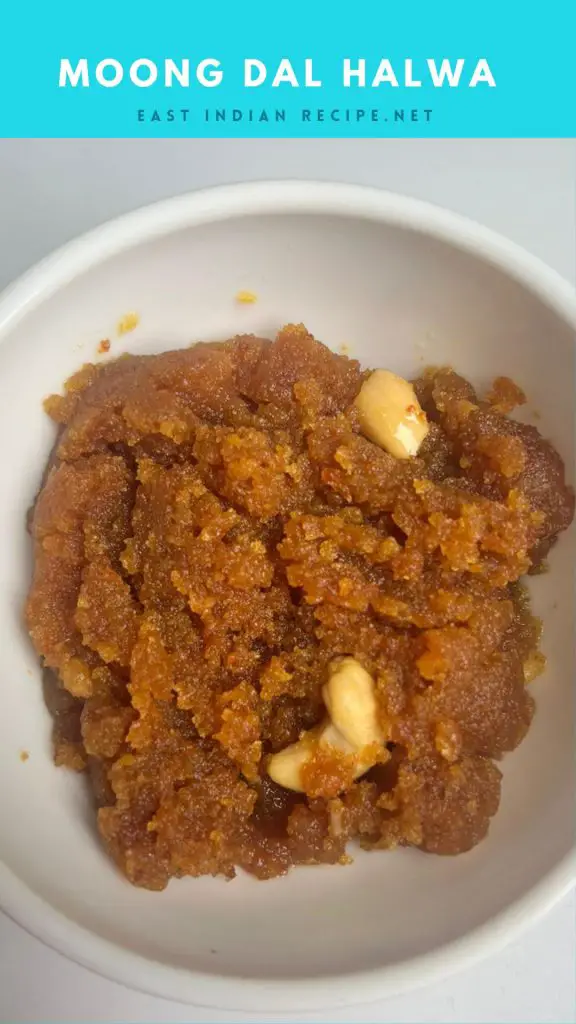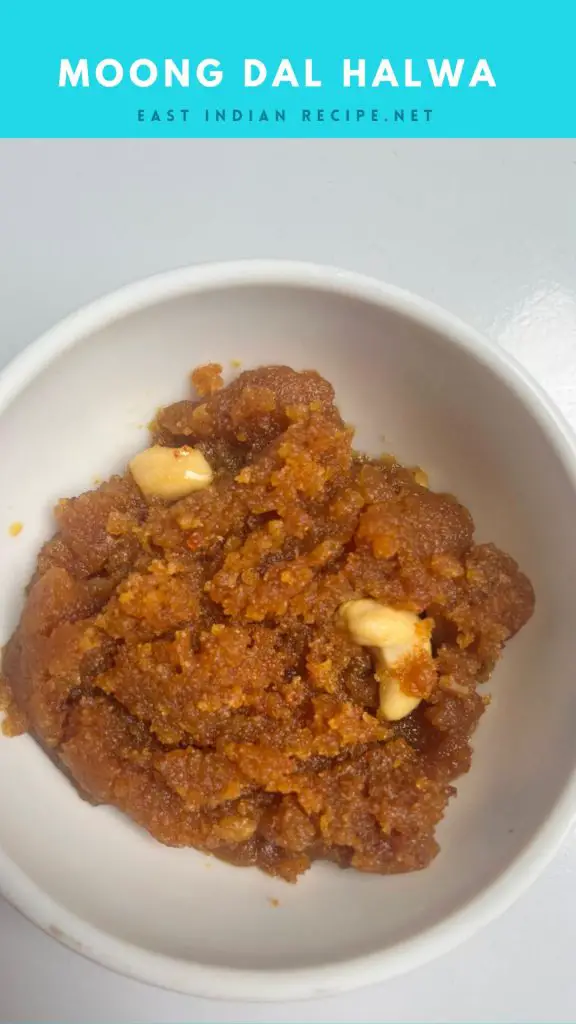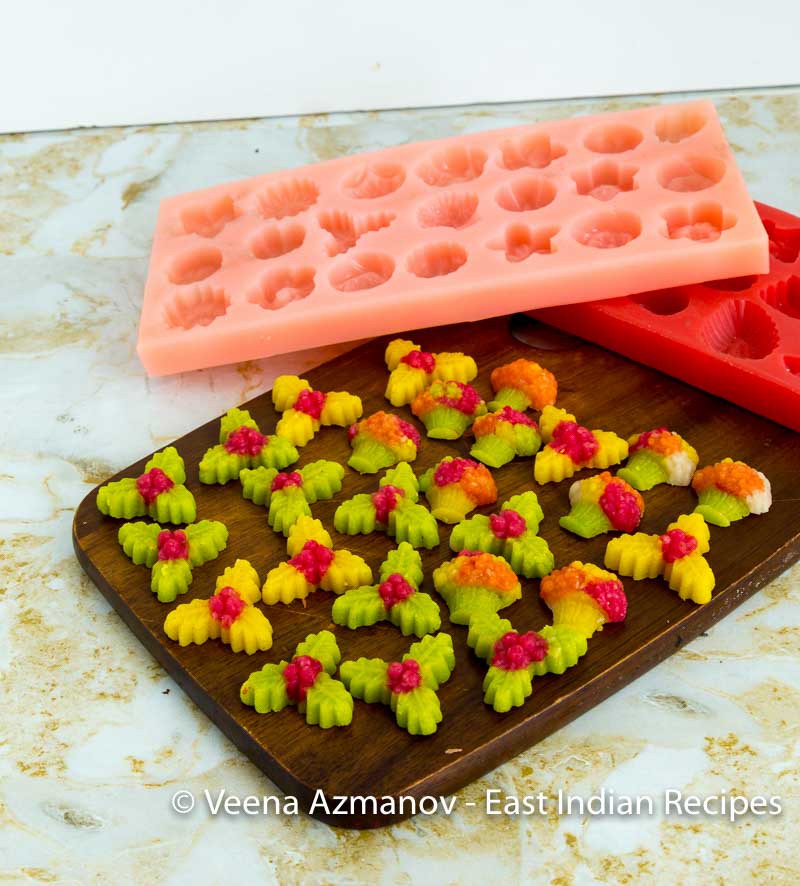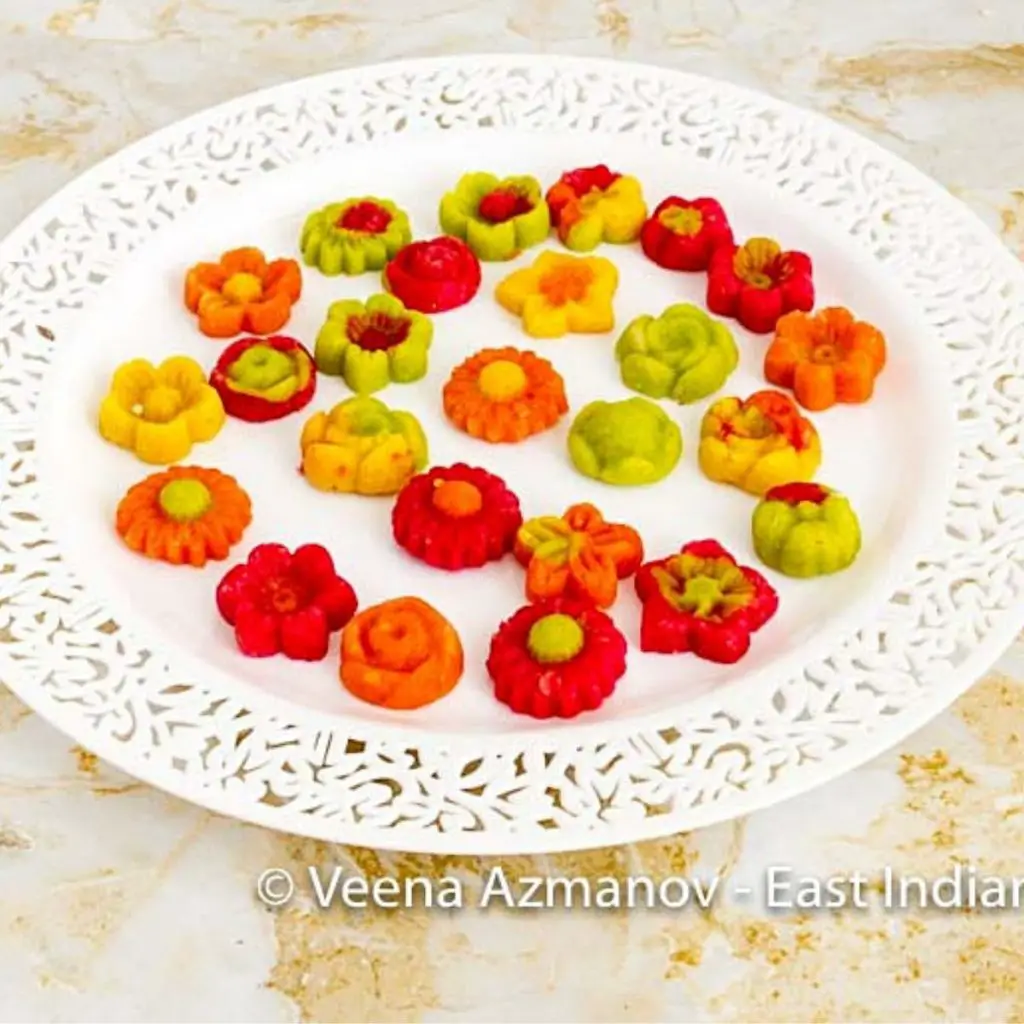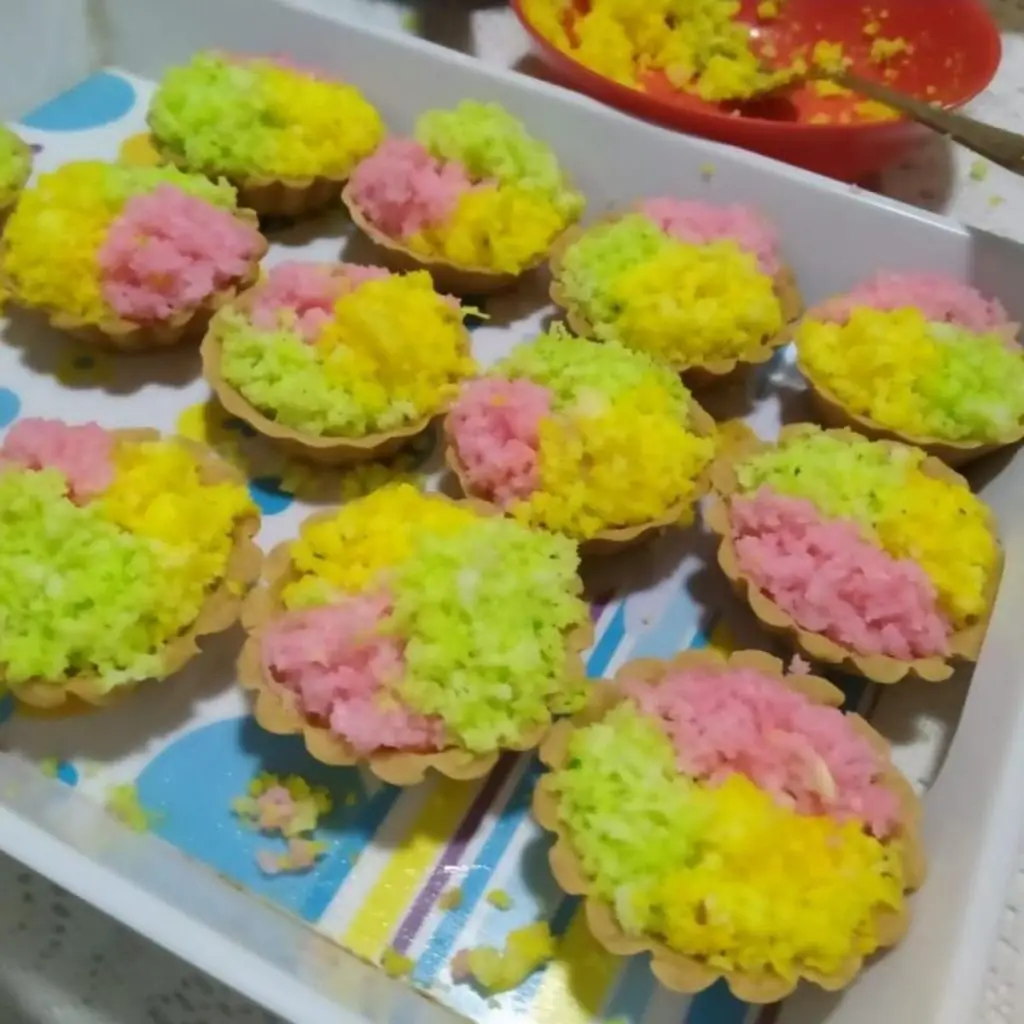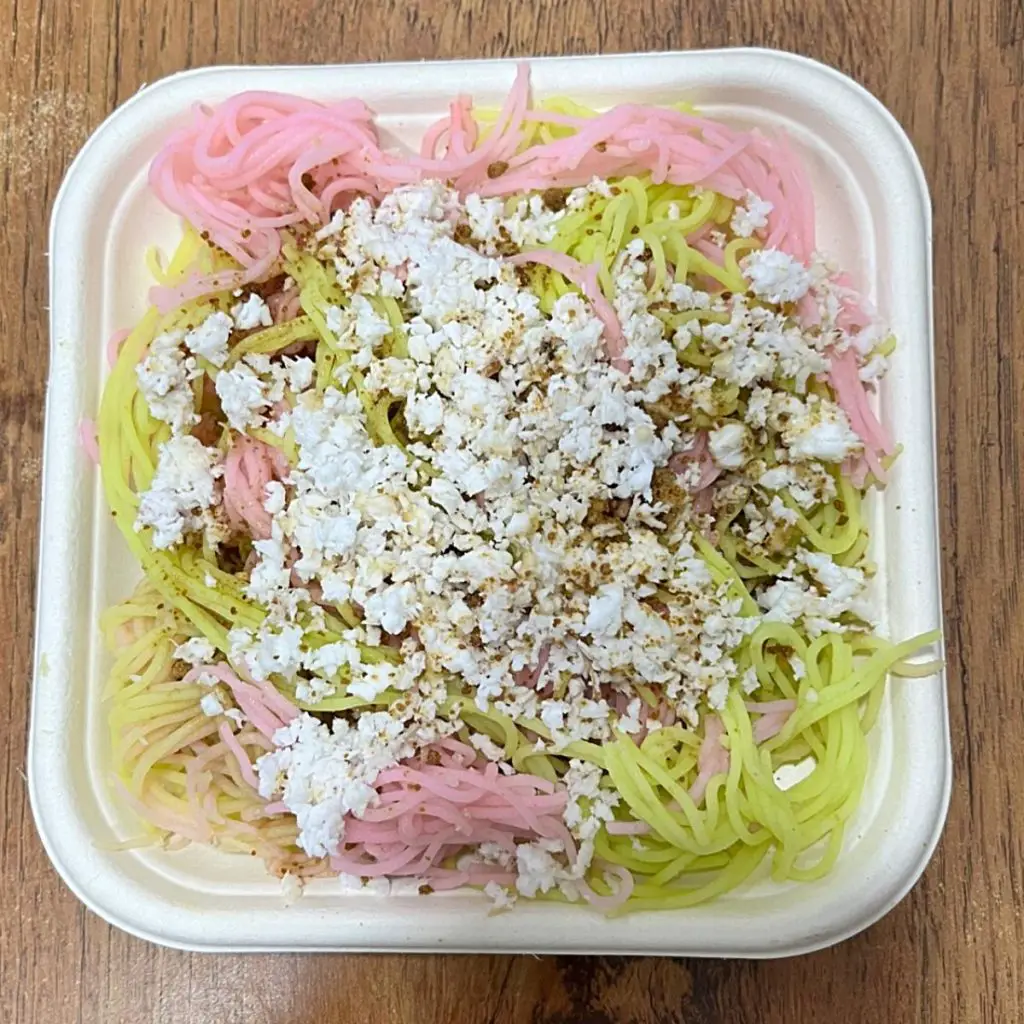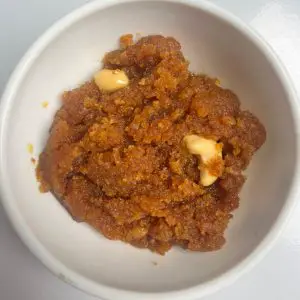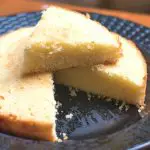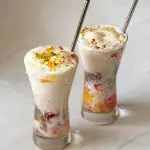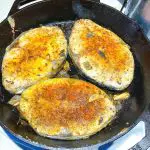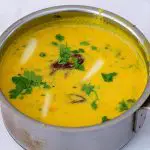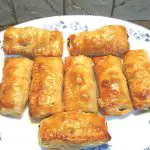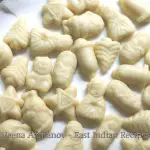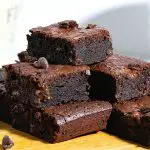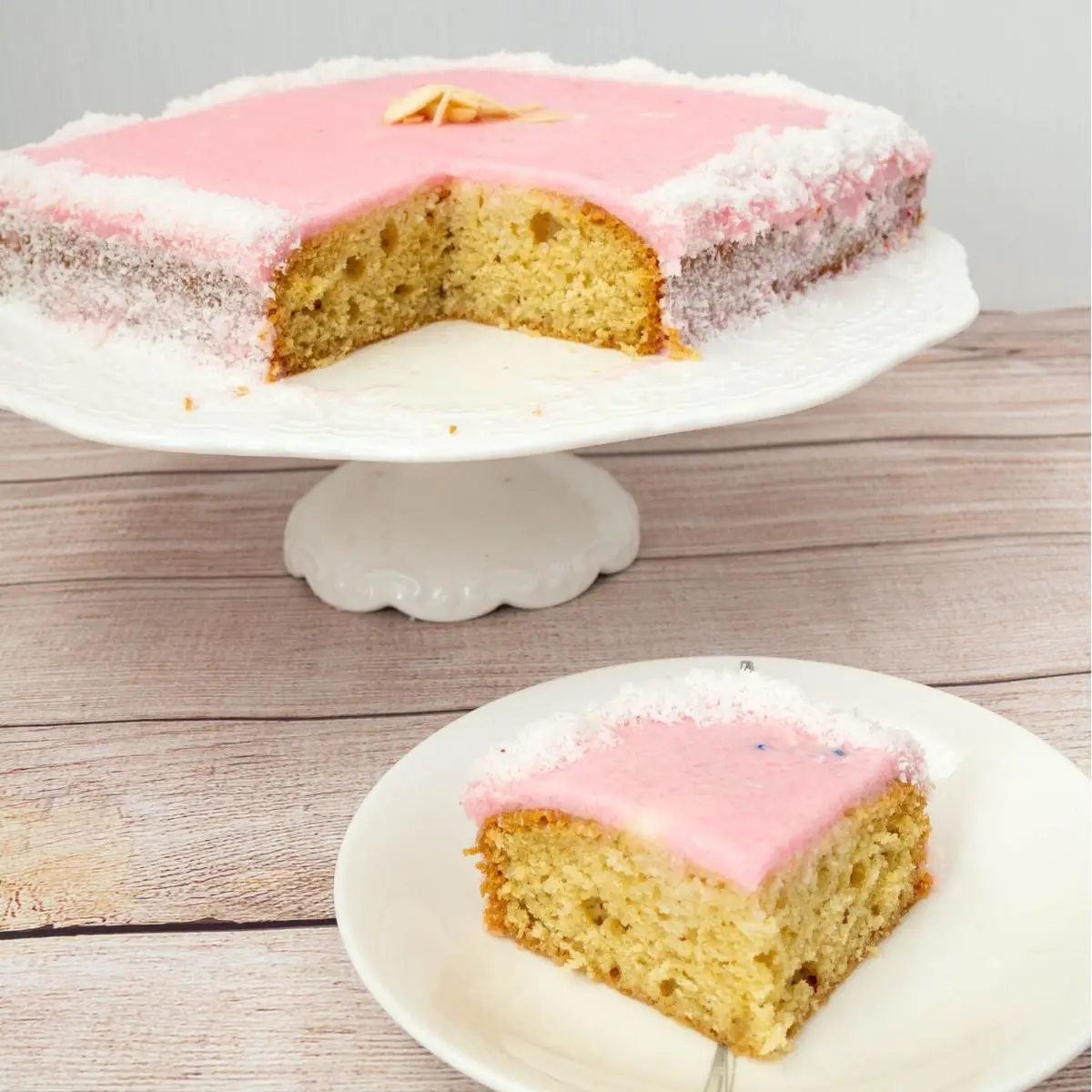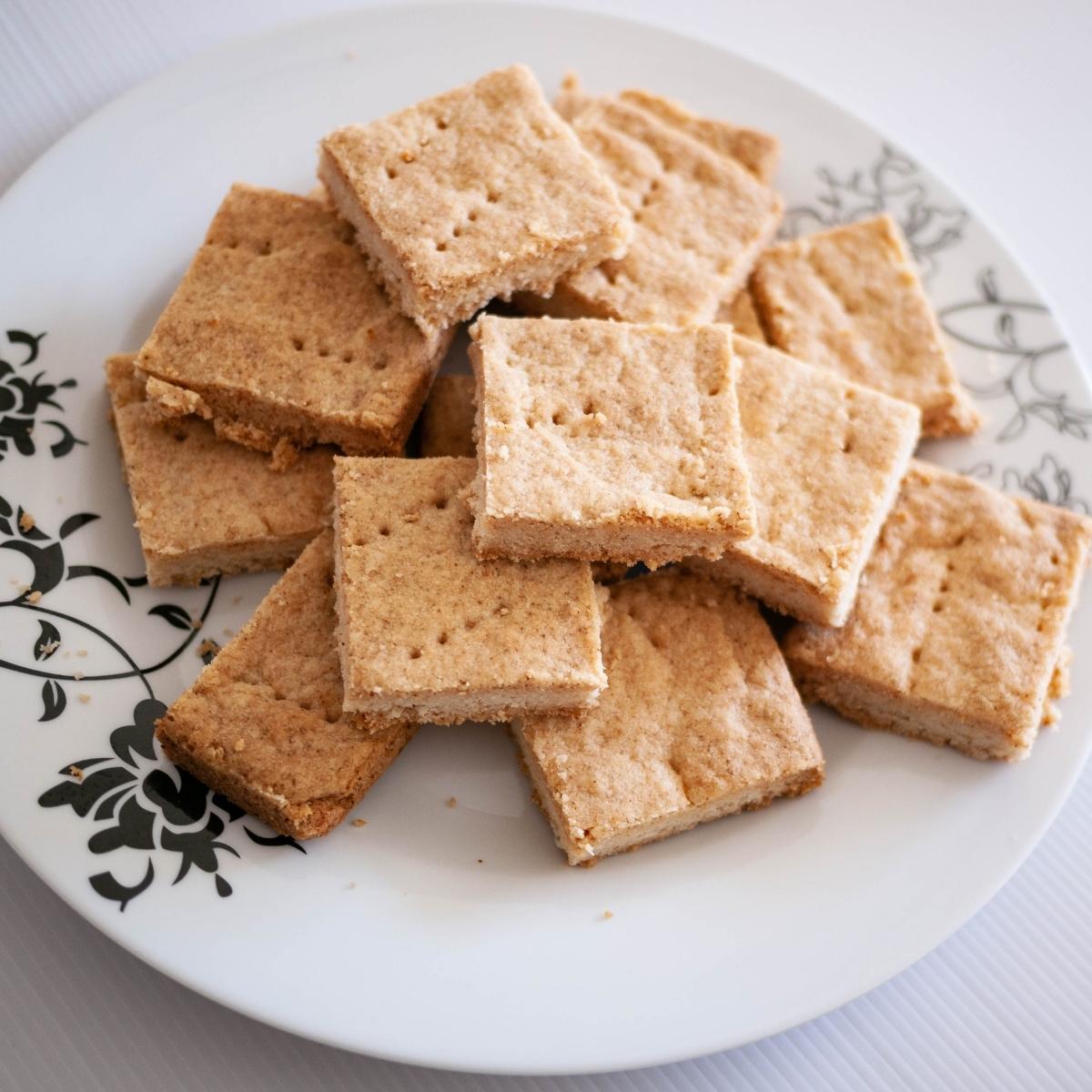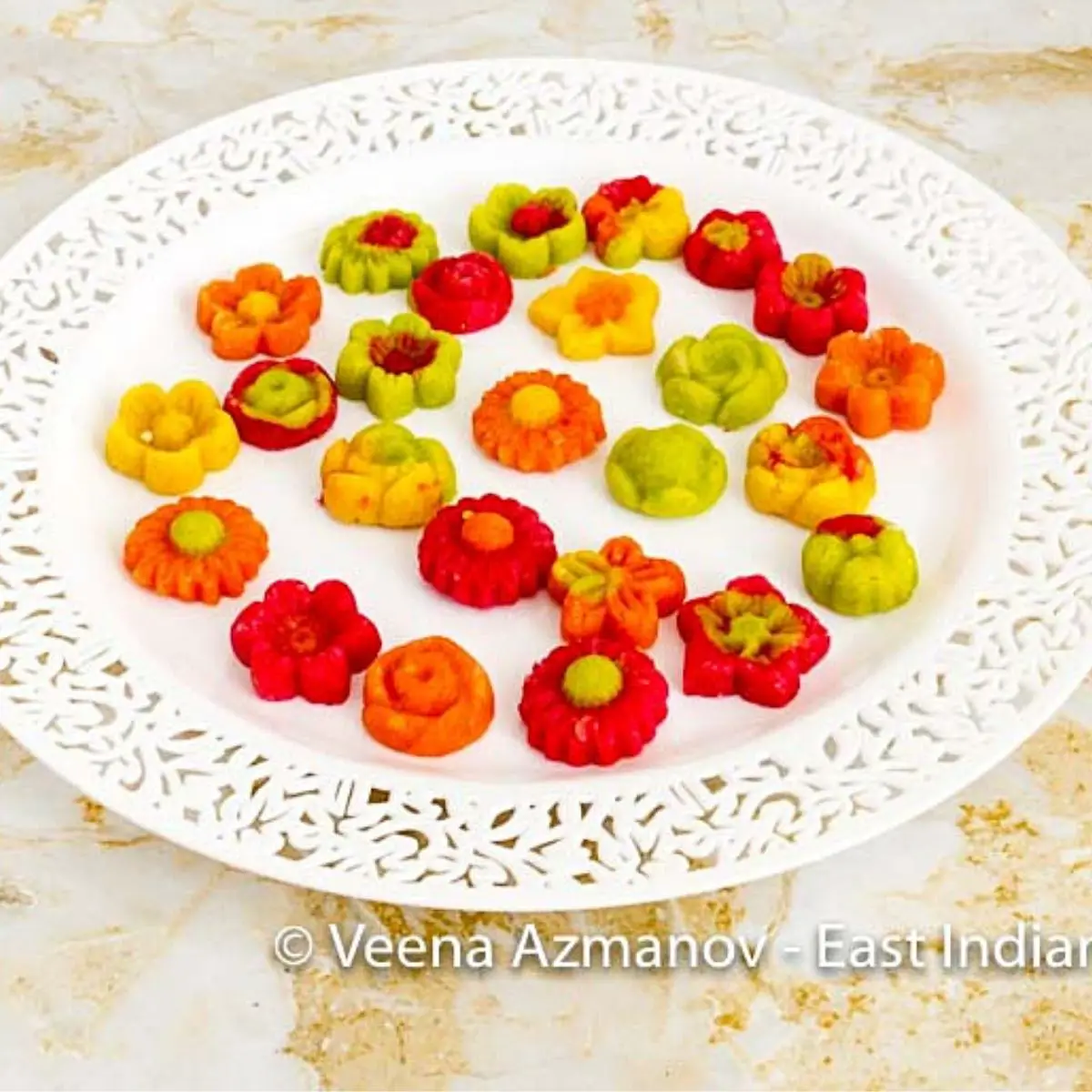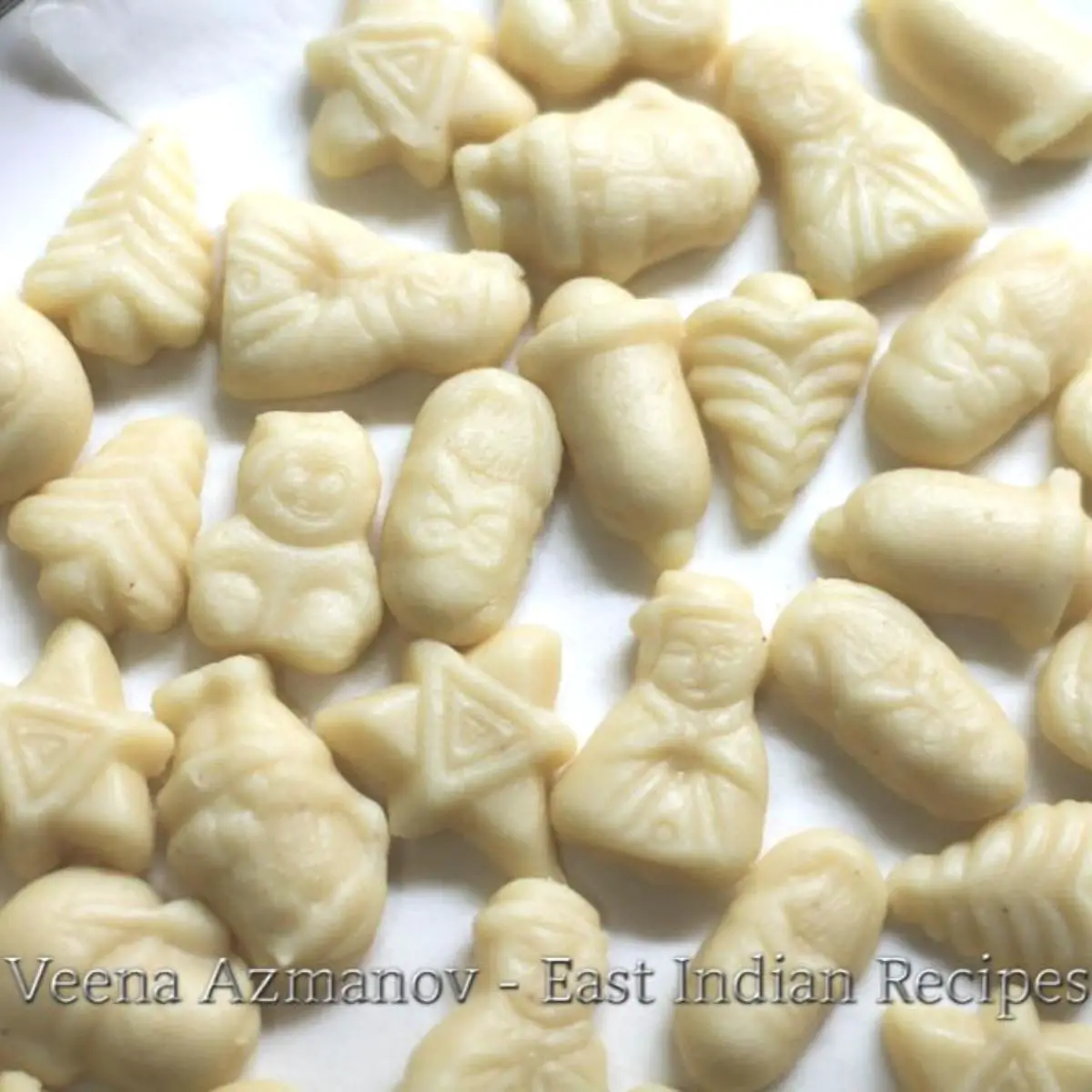Moong Dal Halwa
Imagine a dessert that can transport you to a world of pure indulgence and cultural significance. A treat that satisfies your sweet tooth and brings a sense of joy and celebration to your taste buds. Enter Moong Dal Halwa – the ultimate festive delight that will leave you craving for more.
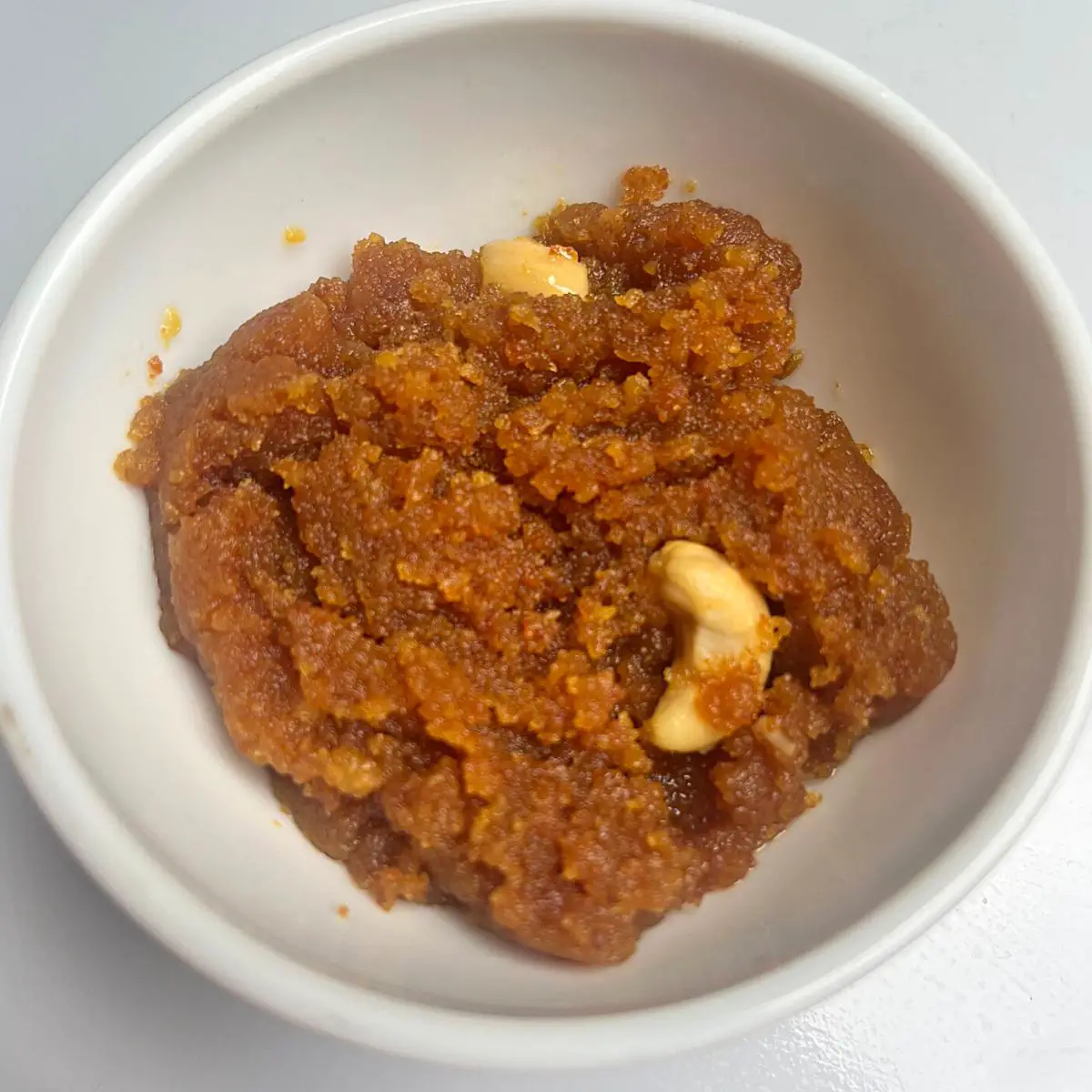
Moong dal, also known as split yellow mung beans, forms the soul of the delightful delicacy known as Moong Dal Halwa. These small, oval-shaped beans have been a staple in Indian cuisine for centuries, serving as a versatile ingredient in a variety of dishes. The process of making Moong Dal Halwa begins with soaking and grinding these lentils into a smooth paste, which is then cooked with ghee, sugar, and a medley of aromatic spices. The result is a rich, creamy dessert that captivates with its unique texture and heavenly taste.
The use of moong dal in Indian cuisine dates back to ancient times, where it was highly revered for its nutritional value and versatility. Packed with essential nutrients such as protein, fiber, and vitamins, moong dal is not only a delicious ingredient but also a healthy addition to any diet. It provides a great source of sustenance and energy, making it an ideal choice to indulge in during festive occasions.
Moong Dal Halwa holds a special place in Indian culture, often associated with auspicious occasions and celebrations. It is a dessert that symbolizes love, warmth, and togetherness, and is prepared with utmost care and affection. Whether it’s a wedding, a festival, or a simple gathering of loved ones, Moong Dal Halwa is a dish that brings people closer, creating memories that last a lifetime.
What sets moong dal apart from other lentils is its delicate flavor and smooth texture, which lends itself beautifully to the creation of Moong Dal Halwa. As the lentils cook and thicken, they release a captivating aroma that fills the kitchen, signaling the arrival of a delectable treat. The addition of ghee, sugar, and spices elevates the taste, creating a harmonious blend of sweet and savory flavors that dance on your palate.
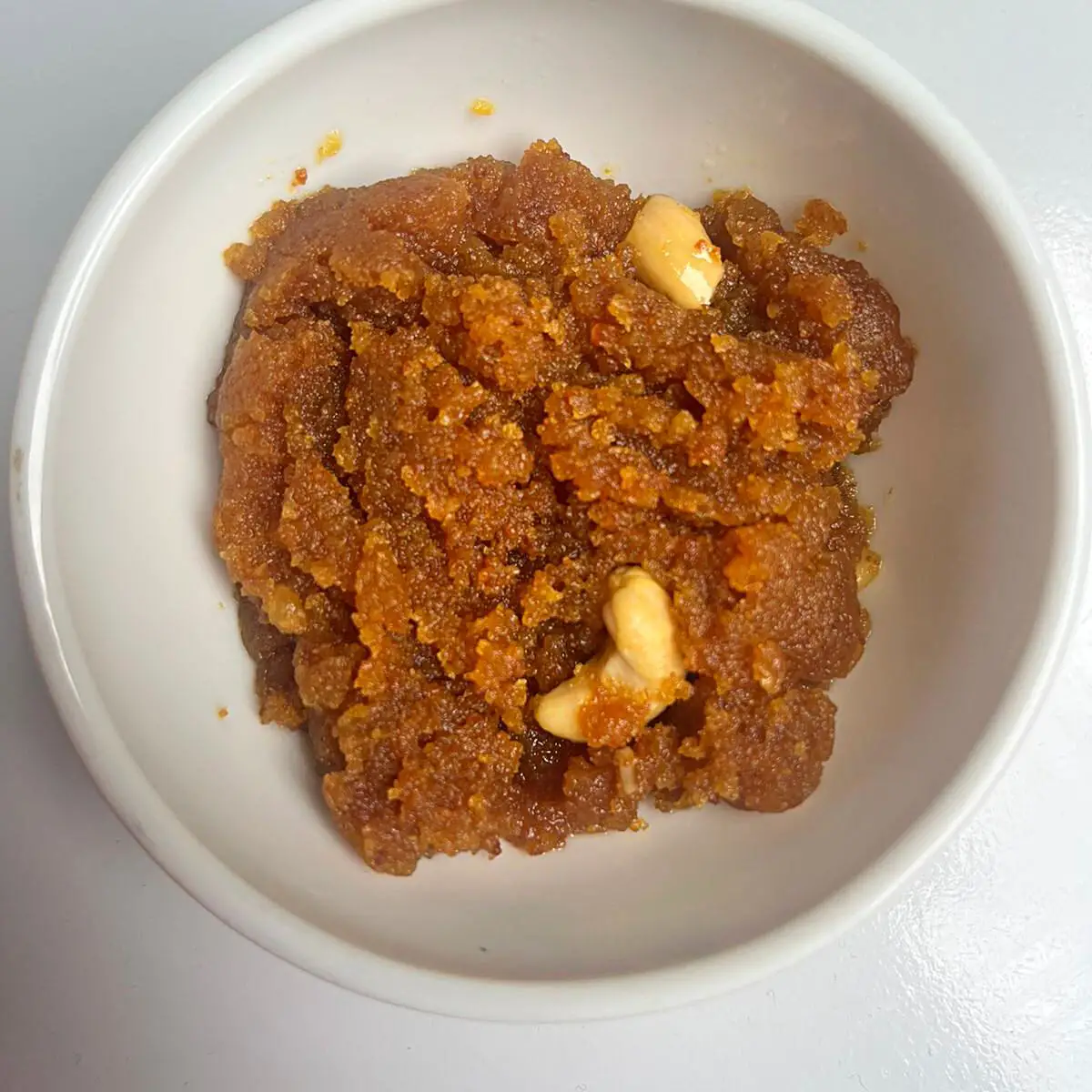
Tips and Tricks for Perfecting Your Moong Dal Halwa
- To begin, it all starts with the dal. Choosing the right dal is crucial for achieving the desired texture and flavor. Look for split yellow moong dal, as it provides the ideal consistency for the halwa. Rinse the dal thoroughly before using it to remove any impurities or excess starch.
- Next, the roasting technique is key. Slowly dry roasting the dal brings out its natural nutty flavor and helps remove any moisture. Start by heating a pan over low heat and add the dal, stirring continuously until it turns golden brown and releases a fragrant aroma. Be patient with this step, as rushing the roasting process can result in an unevenly cooked halwa.
- When it comes to spices, simplicity is often the key to perfection. Traditional ingredients like cardamom powder and saffron strands bring the halwa a delicate warmth and richness. Use them sparingly, as their flavors can easily overpower the dish if used in excess.
- Now, let’s talk about ghee. This clarified butter is what gives Moong Dal Halwa its indulgent richness. While using less is tempting, make sure to skimp on the ghee. The right amount adds a lusciousness and depth of flavor essential to the dish. However, stay moderate too, as using too much ghee can make the halwa overly greasy.
- Lastly, the cooking process requires patience and attention. Stir the halwa frequently to avoid any lumps or sticking to the bottom of the pan. The slow and gentle heat allows the flavors to meld together, resulting in a velvety smooth texture. Remember, mastering the art of Moong Dal Halwa takes practice and experience, so don’t be discouraged if your first attempt isn’t perfect.
Creative Variations and Flavor Enhancements
- One way to add a twist to your Moong Dal Halwa is by incorporating different types of nuts. Traditional recipes often call for almonds, but you can experiment with pistachios, cashews, or even walnuts to infuse your halwa with a delightful crunch and a burst of flavor. Toasting the nuts before adding them to the halwa can intensify their taste, giving your dessert a rich and aromatic quality.
- If you’re looking to introduce a hint of freshness to your Moong Dal Halwa, consider adding a touch of citrus. Squeezing a few drops of lemon juice or grating the zest of an orange into the mixture can provide a bright and tangy contrast to the sweetness of the dessert. Don’t be afraid to get creative with other citrus fruits like lime or grapefruit, as they can bring their own unique flavors to the table.
- For those who love the combination of sweet and savory, incorporating spices into your Moong Dal Halwa can be a game-changer. Traditional spices like cardamom and saffron already play a prominent role in the dessert’s flavor profile, but don’t hesitate to experiment with other warm spices such as cinnamon or cloves. These additions can add complexity and depth to the halwa, making each bite a delightful blend of sweet and aromatic notes.
- If you’re feeling particularly adventurous, why not experiment with alternative grains? While Moong Dal is the star of the show, you can try substituting it with other lentils or legumes like red lentils or chickpeas. Each grain brings its own unique texture and taste to the dish, allowing you to create a completely different flavor profile while still maintaining the essence of the original recipe.
- Letri – Rice Vermicelli with Coconut and Jaggery
- Custard Fruit Salad
- Vermicelli Pudding – Kheer Saviyan
- Atola – Rice Pudding
- Sooji Sweet – Sheera
Frequently asked questions
Absolutely! While ghee adds a rich and distinctive flavor to Moong Dal Halwa, you can certainly reduce the amount if you prefer a lighter version. Start by halving the amount of ghee called for in the recipe and adjust to your taste preference. Keep in mind that reducing the ghee may result in a slightly different texture, but it won’t compromise the overall deliciousness of the dessert.
While Moong Dal is the traditional choice for this dessert and lends its unique taste and texture to the dish, you can experiment with other lentils if you’d like. However, be aware that different lentils have varying cooking times and textures, so the end result may differ from the classic Moong Dal Halwa. If you decide to give it a try, consider using lentils like yellow split peas or red lentils, which have similar cooking times and flavors.
If you’re looking to make this dessert vegan-friendly, you can easily substitute ghee with a plant-based oil or vegan butter. Opt for oils such as coconut or vegetable oil, which will provide a similar richness to the dish. Additionally, replace milk with a non-dairy alternative like almond milk or coconut milk. Keep in mind that these substitutions may slightly alter the taste and texture, but it will still result in a delicious vegan Moong Dal Halwa.
Absolutely! Adding nuts and dried fruits is a wonderful way to enhance the flavors and add some delightful textures to your Moong Dal Halwa. Chopped almonds, pistachios, cashews, or even raisins can be sprinkled on top or mixed into the halwa during the preparation process. Feel free to get creative and experiment with different combinations to find your preferred mix of nuts and dried fruits.
Moong Dal Halwa can be stored in an airtight container in the refrigerator for up to 4-5 days. To reheat, simply warm it up in a microwave or on the stovetop with a little milk or water to restore its creamy consistency. However, it’s worth noting that freshly made Moong Dal Halwa tends to have the best flavor and texture, so it’s always recommended to enjoy it soon after preparation.
Moong Dal Halwa is more than just a sweet treat; it embodies the cultural significance and rich history that makes it the ultimate festive delight.
Christmas Coconut Tartlets
Cooked Marzipan Recipe
Christmas Fudge
Letri – Rice Vermicelli with Coconut and Jaggery
Pin this and other East-Indian Recipes on Pinterest here. Don’t forget to like and Follow for more recipes.
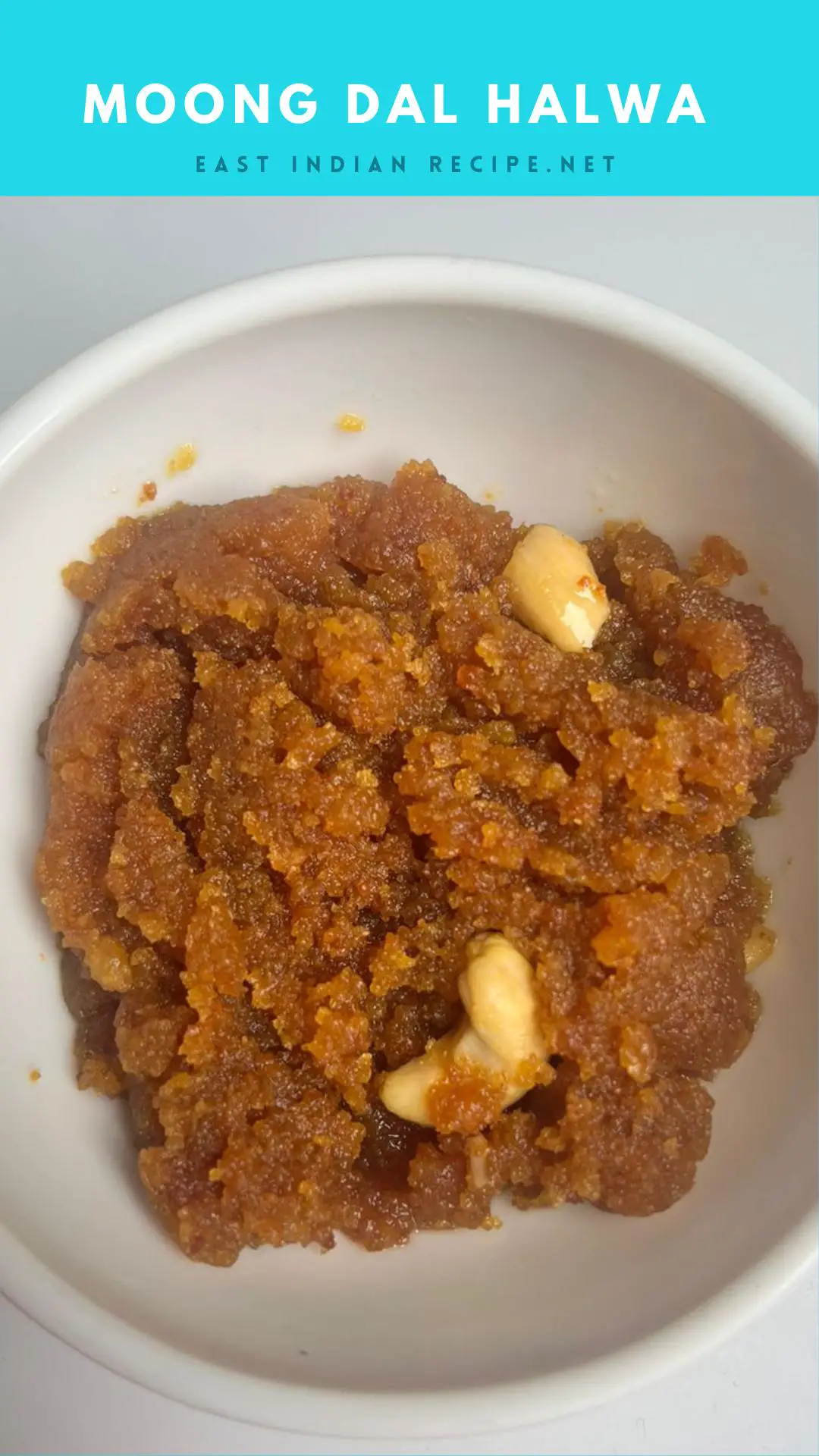
Ingredients
- 1 cup (200 g) Moong dal Split yellow lentil
- 1 cup (180 g) Ghee Clarified butter
- 1 cup (200 g) Sugar
- 2½ cups Water
- ½ cup (120 ml) Milk
- 1 tsp Cardamom powder
- 1 pinch Saffron strands optional, soaked in 2 tbsp of warm milk
- ¼ cup (50 g) Mixed nuts like almonds, cashews, etc., chopped
- 2 tbsp Raisins
Instructions
- Soak – Wash the moong dal thoroughly in running water until the water runs clear. Soak the moong dal in enough water for 4-6 hours or overnight.1 cup Moong dal
- Paste – Drain the water completely and grind the soaked moong dal to a smooth paste. You can add a few tablespoons of water if required while grinding, but ensure the paste isn't too watery.1 cup Ghee
- Syrup – In a saucepan, combine the sugar and water and bring it to a boil. Simmer until the sugar is completely dissolved and reduced. Keep this sugar syrup warm.1 cup Sugar, 2½ cups Water
- Cook – In a heavy-bottomed pan, melt the ghee. Add the moong dal paste to the ghee. Cook on a medium flame, stirring continuously to avoid sticking. The mixture will begin to get crumbly as it gets cooked.
- Simmer – Cook until the moong dal paste turns a light golden brown and the ghee separates from the mixture. This can take about 20-25 minutes.
- Syrup – Add the milk and cook for another 5-7 minutes. Now, gradually add the sugar syrup and mix well. Be cautious, as the mixture might splutter.Pro tip – Constant stirring and patience are key to achieving the perfect texture and taste½ cup Milk
- Color – Continue to stir and cook on a medium flame until all the liquid is absorbed and the halwa has a thick consistency. Add cardamom powder and the saffron-soaked milk. Combine well.1 tsp Cardamom powder, 1 pinch Saffron strands
- Finish – Cook for an additional 5-7 minutes until everything is well combined and the halwa starts leaving the sides of the pan.
- Serve – In a separate pan, sauté the mixed nuts and raisins in a tablespoon of ghee until golden. Garnish the halwa with these roasted nuts and raisins. Serve warm¼ cup Mixed nuts, 2 tbsp Raisins
Recipe Notes
- To begin, it all starts with the dal. Choosing the right dal is crucial for achieving the desired texture and flavor. Look for split yellow moong dal, as it provides the ideal consistency for the halwa. Rinse the dal thoroughly before using it to remove any impurities or excess starch.
- Next, the roasting technique is key. Slowly dry roasting the dal brings out its natural nutty flavor and helps remove any moisture. Start by heating a pan over low heat and add the dal, stirring continuously until it turns golden brown and releases a fragrant aroma. Be patient with this step, as rushing the roasting process can result in an unevenly cooked halwa.
- When it comes to spices, simplicity is often the key to perfection. Traditional ingredients like cardamom powder and saffron strands bring the halwa a delicate warmth and richness. Use them sparingly, as their flavors can easily overpower the dish if used in excess.
- Now, let’s talk about ghee. This clarified butter is what gives Moong Dal Halwa its indulgent richness. While using less is tempting, make sure to skimp on the ghee. The right amount adds a lusciousness and depth of flavor essential to the dish. However, stay moderate too, as using too much ghee can make the halwa overly greasy.
- Lastly, the cooking process requires patience and attention. Stir the halwa frequently to avoid any lumps or sticking to the bottom of the pan. The slow and gentle heat allows the flavors to meld together, resulting in a velvety smooth texture. Remember, mastering the art of Moong Dal Halwa takes practice and experience, so don’t be discouraged if your first attempt isn’t perfect.
About Videos – most recipes has two videos – a quick version in the post & longer detailed version on this recipe card. Please do subscribe to my channel if you like my videos
Nutrition Information
The nutrition information and metric conversion are calculated automatically. I cannot guarantee its accuracy. If this data is important to you please verify with your trusted nutrition calculator. Thank you
